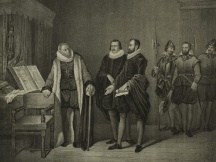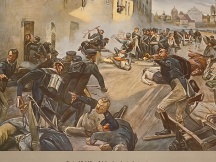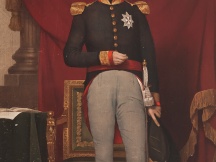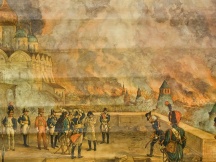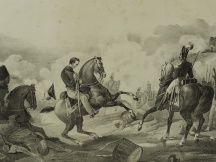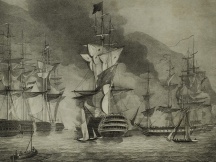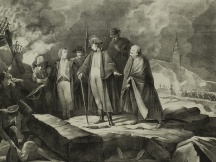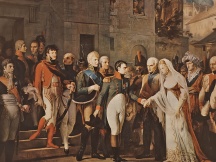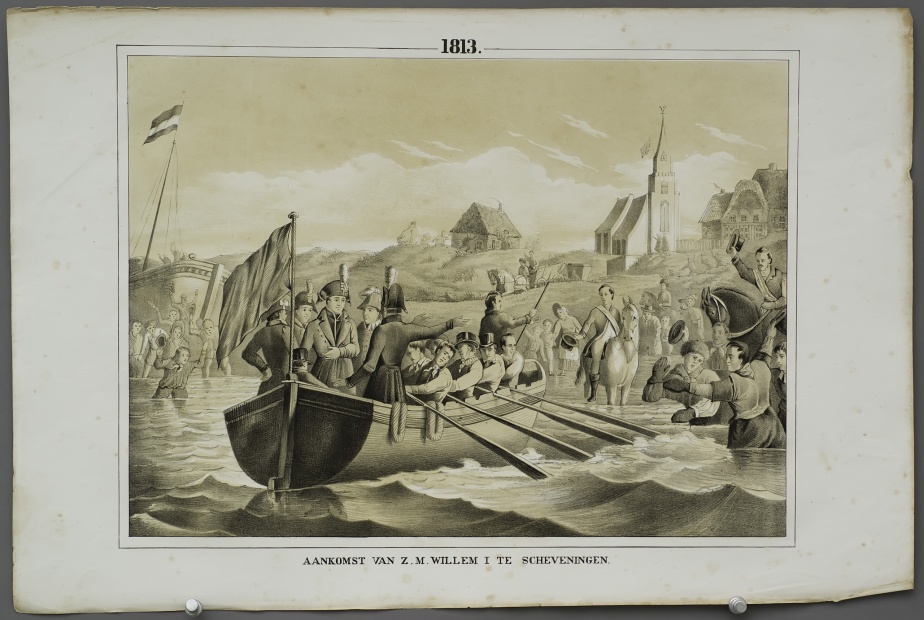Series: |
History of the native country |
|---|---|
Timeframe: |
Civilians and steam engines |
Scene of action: |
Scheveningen |
Illustrator: |
Eichman, J.H. en Altmann, H.; A.A. Nunnink, lith. |
Publisher: |
L. de Fouw, Goes |
Year of publication: |
1856 |
Themes: |
William Frederick, son to William V, was asked to return to his native country. In 1813 he was greeted enthusiastically in Scheveningen. At the Congress of Vienna in 1815 it was decided to merge the northern and southern Netherlands as to form a buffer against the French urge to expand. William Frederick was appointed king of the new kingdom and he names himself King William I.
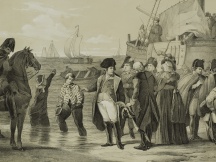


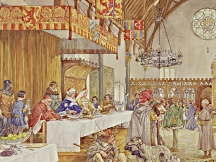
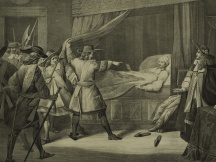
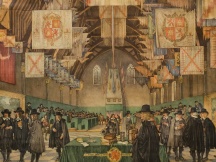
__216x162__.jpg)
